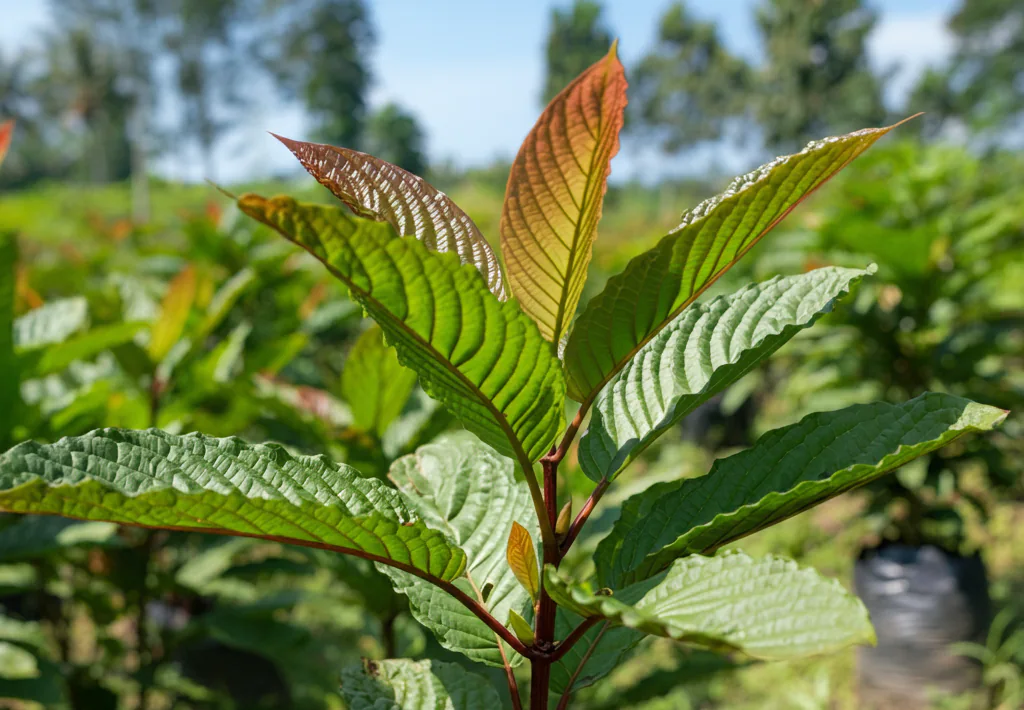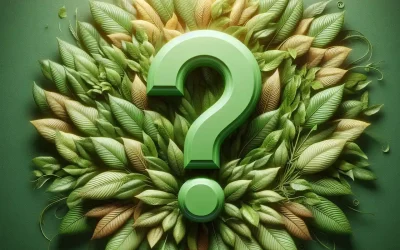The journey of Kratom from lush Southeast Asian forests to finely crafted powders and capsules is one steeped in tradition, knowledge, and care. This natural botanical, derived from the leaves of the Mitragyna speciosa tree, has been harvested and processed by indigenous communities for centuries. The process of making Kratom begins with selecting the perfect leaves—each chosen based on its maturity, vein color, and natural potency.
Kratom is a natural product grown in Asia
In this article, we will guide you through each step of Kratom production. From the careful cultivation of Kratom trees in countries like Indonesia, Thailand, and Malaysia, to the drying and curing techniques that influence the unique characteristics of the plant, you’ll gain a deeper understanding of how this revered botanical comes to life. Whether it’s through traditional sun-drying methods or the more specialized indoor drying techniques that preserve the plant’s natural alkaloid profile, Kratom making is as much an art as it is a science.

Stay tuned as we explore the meticulous processes that transform these leaves into the premium Kratom products you know and trust. Learn about the significance of vein color, the importance of sustainable harvesting, and how modern lab testing ensures purity and quality in every batch.
Drying and fermintation process
Stay tuned as we explore the meticulous processes that transform these leaves into the premium Kratom products you know and trust. Learn about the significance of vein color, the importance of sustainable harvesting, and how modern lab testing ensures purity and quality in every batch.





0 Comments